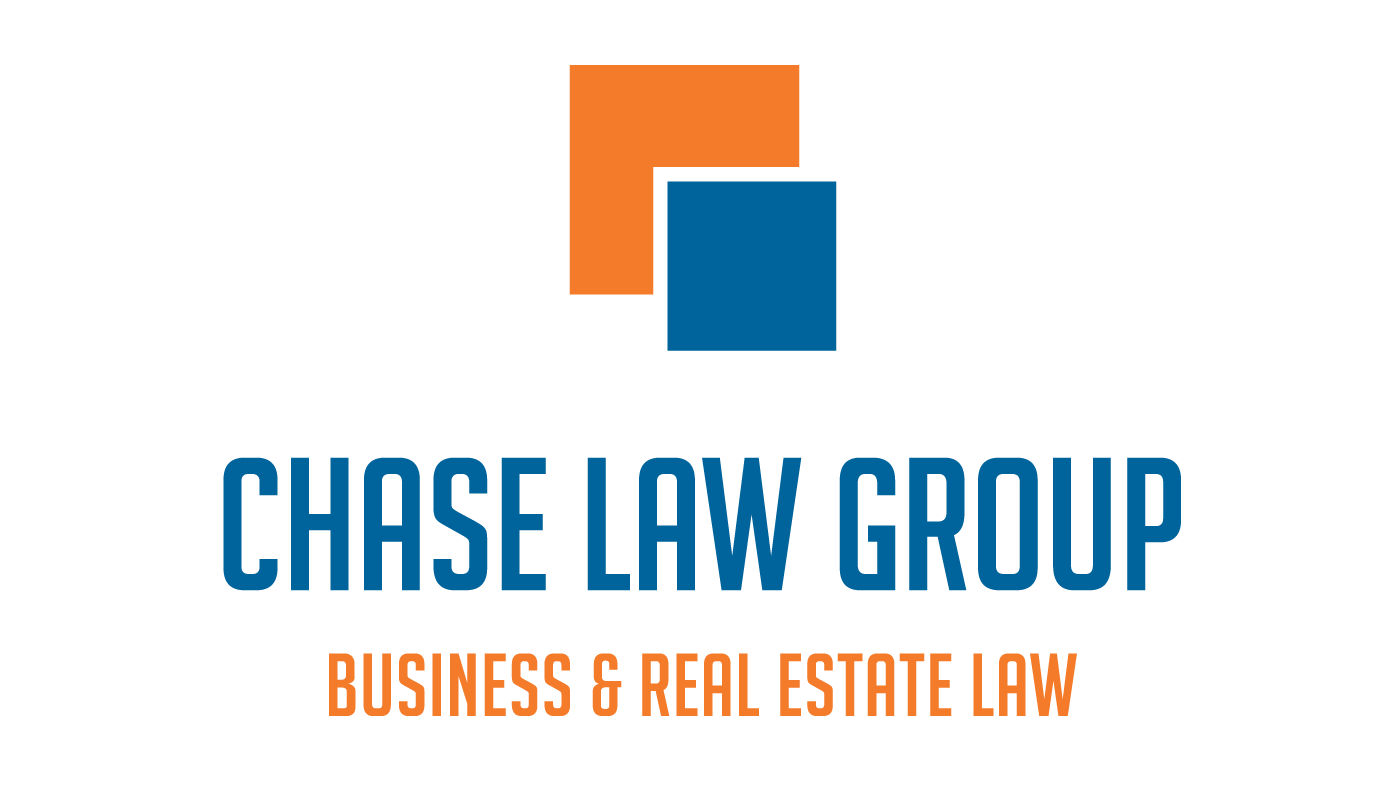California’s Indoor Heat Regulations To Take Effect August 2024
By Admin July 30, 2024 Category: Employment Tags: business attorney business law California heat regulations california law chase law group chase law manhattan beach deann chase employee safety employment attorney employment law heat control measures heat illness prevention heat stress awareness indoor heat safety los angeles business attorney regulation update small business law workplace compliance workplace heat rules

Starting August 1, 2024, California employers will be required to monitor indoor heat for workers and take steps to reduce the temperature in the workplace and make accommodations for employees. While this new regulation applies to virtually all companies, employers with workers in restaurants and warehouses should take particular attention to these new requirements.
The new law is focused on the risk of health illness to employees.The new rule will generally require employers to cool indoor workplaces that reach or exceed 82 degrees Fahrenheit whenever employees are present. When the indoor temperature reaches 82 degrees, employers must do the following:
- Provide free water to employees.
- Provide cool down areas at all times whenever employees are present. Employees should be encouraged to take their breaks in these cool down areas if they are concerned about overheating.
- Provide heat illness training on the above requirements as well as personal risk factors for heat illness, reporting signs/symptoms of heat illness, and how to respond appropriately to signs of heat illness, including emergency response directives.
- Implement a Heat Illness Prevention Plan that contains the above referenced previsions as well as provisions aimed at measuring temperature and heat index, implementing control measures, emergency response procedures and close observation of employees during acclimation procedures.
In the event workplaces reach 87 degrees Fahrenheit, employers must take additional measures where employees wear clothing that restricts heat removal (e.g., full body clothing that is waterproof and/or designed to protect wearer from chemicals or other hazards) or work in high radiant heat areas (i.e., areas subject to heat transmitted by the sun, hot objects, hot liquids, hot surfaces, or fire). These requirements include:
- Accurate Temperature Records: Employers must maintain accurate records of either the temperature or heat index measurements, including the date, time, and specific location of all measurements.
- Heat Control Measures: If feasible, employers must implement heat control measures to minimize the risk of heat illness including by removing or reducing hazardous conditions and/or creating a barrier between the employee and the heat hazard. Examples of heat control measures include: air conditioning, fans, misters, isolating employees from heat sources, ventilation to reduce heat, etc.
- Limit Heat Exposure: If heat control measures are infeasible, employers must limit exposure to a heat hazard by adjusting work procedures, practices, or schedules. Examples of measures to limit heat exposure include: rotating employees, scheduling work earlier or later in the day, using work/rest schedules, reducing work hours, etc.
- Personal Heat-Protective Equipment: If heat control and exposure limiting measures are infeasible, employers must provide personal heat-protective equipment. Examples of heat-protective equipment include: air-cooled garments, cooling vests, and heat-reflective clothing, etc.
- Observe Employees During Acclimatization/Heat Wave: Employers must closely observe an employee for 14 days when working under the above-referenced heat conditions. Employers must also closely observe employees during a heat wave, where no effective heat control measures are in use.
Employers should begin taking steps to implement these new requirements so that they are in place by August 1st. Should you have any questions regarding the new Indoor Heat Regulation, contact Scott Liner at [email protected] or call Chase Law Group at 310.545.7700.
Get help understanding how indoor heat requirements apply to your business
WWW.CHASELAWMB.COM
Contact Chase Law Group today
Please note that this article is for informational purposes only and should not be considered legal or tax advice and does constitute an attorney-client relationship. It is recommended to consult with an attorney directly for specific guidance pertaining to your business and its practices.

